Yeah, you probably are reading this question and thinking I'm one of those engineers who hasn't learned about the s-plane. I can assure you I'm not! I know that the transfer function of an RC circuit (Vout/Vin) has a REAL pole, with no imaginary component at s= -1/RC + j0. I am curious what happens when we excite an RC circuit at its TRUE pole, which is a decaying exponential with the expression e^(-t/RC).
Of course, the output of an RC Low-pass filter will never blow up to infinity. But what about the ratio of the output to the input, which after all, is the transfer function I originally defined?
Well, let's take this to LTSpice. Below is what I've simulated:

I would expect Vout/Vin to be infinity everywhere, however what I see is a ramp. I suspect I'm missing something about how to properly interpret the magnitude response of my transfer function with its true pole as an input. A time-domain view such as what I have should explain something, but I can't understand why it's a ramp.
If anyone has any intuition behind this question, please let me know.